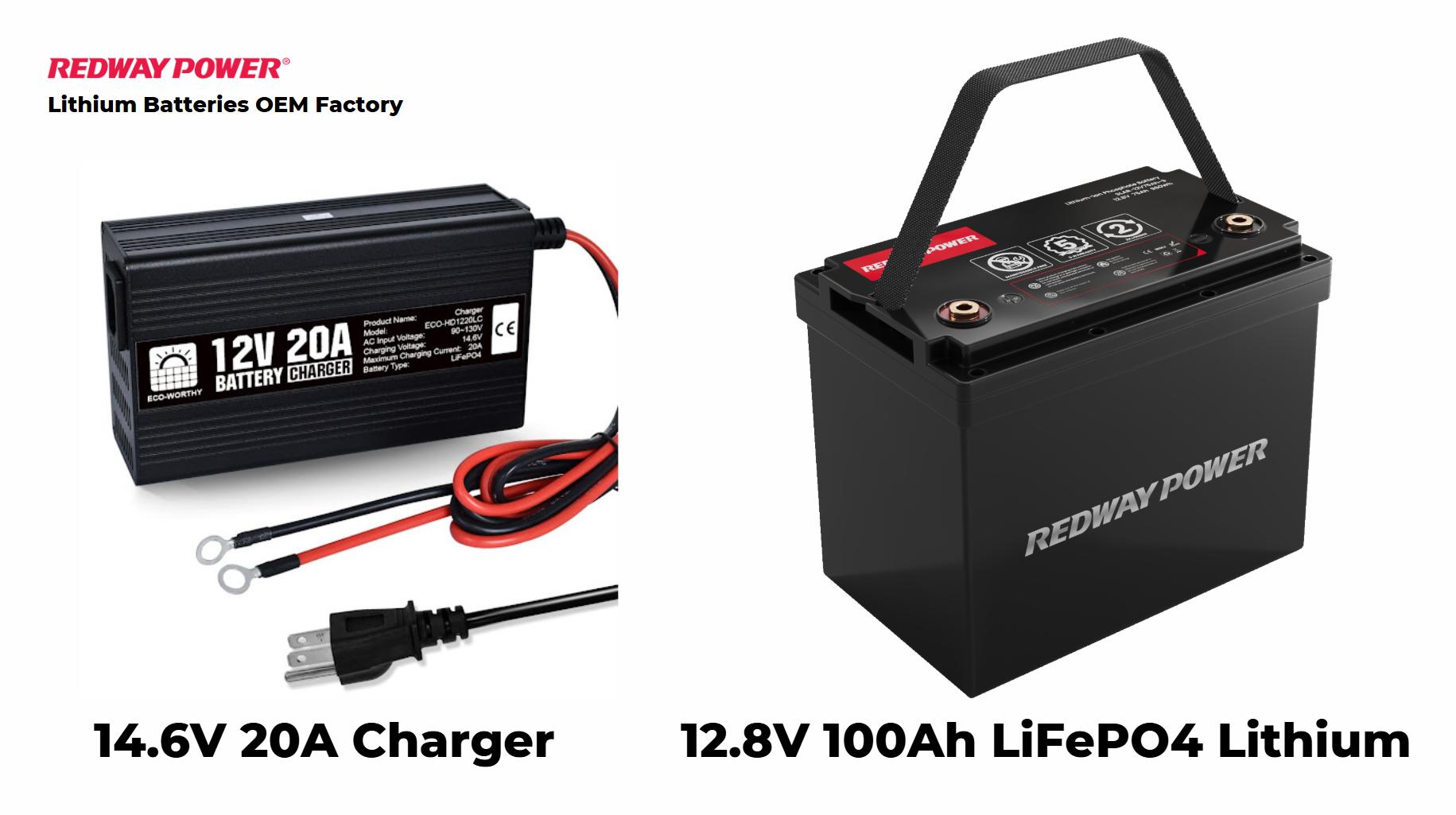To determine when your 12-volt lithium battery is fully charged, monitor the voltage level. A fully charged lithium battery typically reaches about 14.4 to 14.6 volts. Many chargers have built-in indicators that signal when charging is complete. Additionally, using a multimeter can provide a precise voltage reading to confirm full charge status.
Understanding Full Charge Indicators for 12 Volt Lithium Batteries
Knowing when your 12-volt lithium battery is fully charged is essential for maintaining battery health and performance. Here’s a detailed exploration of the indicators and best practices:
1. Voltage Levels
Lithium batteries have specific voltage thresholds that indicate their state of charge. For a 12V lithium battery, the following voltage levels are crucial:
| Charge Level | Voltage Range (V) |
|---|---|
| Fully Discharged | 10.5 – 11.5 |
| Charging | 12.0 – 14.4 |
| Fully Charged | 14.4 – 14.6 |
- Fully Charged: When the voltage reaches between 14.4V and 14.6V, the battery is considered fully charged.
- Discharged State: Below 10.5V, the battery may enter a deep discharge state, which can damage its cells.
2. Charging Indicators
Most modern chargers come equipped with LED indicators or digital displays that show the charging status:
- Red Light: Indicates charging is in progress.
- Green Light: Signals that the battery is fully charged.
- Flashing Light: May indicate an error or that the battery is nearing full charge.
3. Using a Multimeter
For precise measurement, using a multimeter can help you determine the exact voltage of your battery:
- Set the multimeter to measure DC voltage.
- Connect the positive lead to the positive terminal and the negative lead to the negative terminal.
- Read the voltage display; if it’s around 14.4V to 14.6V, your battery is fully charged.
4. Battery Management Systems (BMS)
Many lithium batteries incorporate a Battery Management System (BMS) that monitors individual cell voltages and overall health:
- Protection Features: The BMS prevents overcharging by disconnecting the charger once the desired voltage is reached.
- Cell Balancing: Ensures all cells are equally charged, enhancing overall performance and longevity.
Latest News
- Recent advancements in lithium battery technology have improved charging efficiency, reducing time needed to reach full charge.
- Manufacturers are increasingly integrating smart BMS features that provide real-time monitoring of charge levels via mobile apps.
- New regulations are being proposed to standardize charging practices for lithium batteries, ensuring safety and efficiency.
- The market for renewable energy storage solutions continues to grow, driving demand for high-performance lithium batteries.
Redway Expert Comment
At Redway Battery, we emphasize the importance of understanding how to determine when a 12-volt lithium battery is fully charged. By monitoring voltage levels and utilizing advanced BMS technology, we ensure our customers can maximize their battery’s lifespan and performance. Our commitment to quality means our batteries not only meet but exceed expectations in various applications.”
What Happens When You Charge a Lithium Battery with a Regular Charger?
Top Competitors in Lithium Battery Solutions
Here’s a comparison chart of some of the best alternatives in lithium battery solutions:
| Brand | Battery Type | Compatibility | Notable Features |
|---|---|---|---|
| Redway Power | Lithium LiFePO4 | Golf Carts | Custom solutions available |
| Battle Born Batteries | Lithium LiFePO4 | RVs & Marine | High cycle life |
| Renogy | Lithium LiFePO4 | Solar Systems | Built-in BMS |
| AIMS Power | Lithium Ion | Off-grid systems | Lightweight design |
| Lion Energy | Lithium LiFePO4 | Portable Power | Fast charging capabilities |
In conclusion, knowing when your 12-volt lithium battery is fully charged involves monitoring voltage levels, utilizing charger indicators, and possibly employing a multimeter for accuracy. By following these guidelines, users can ensure optimal performance and longevity of their batteries.



